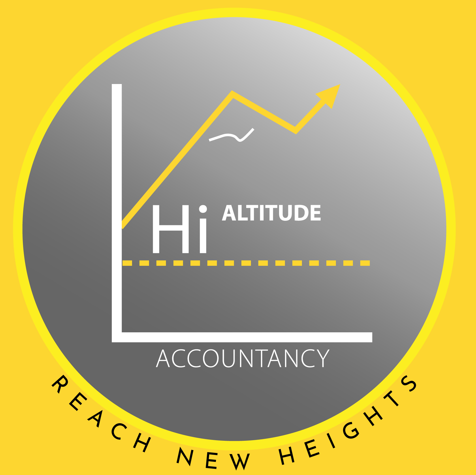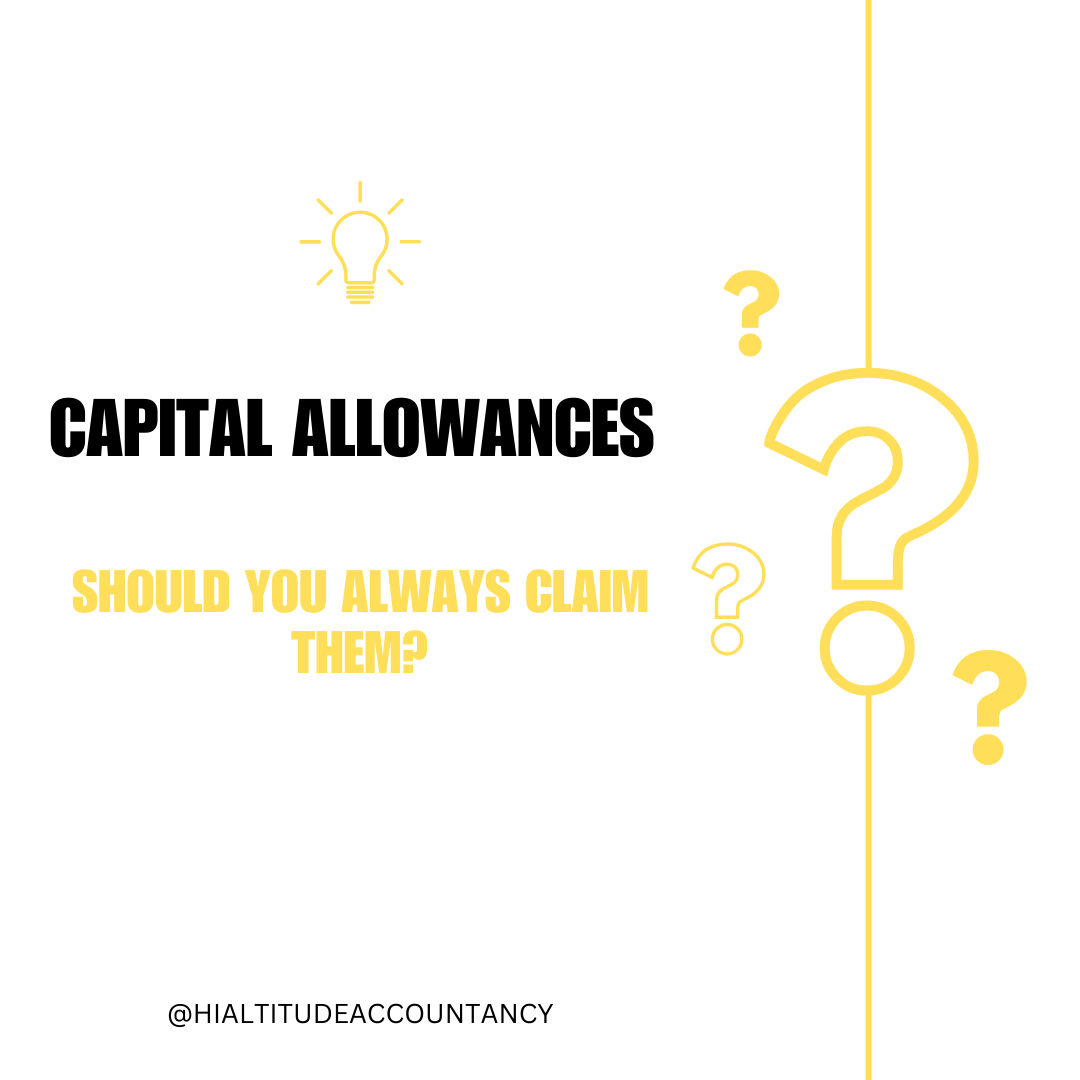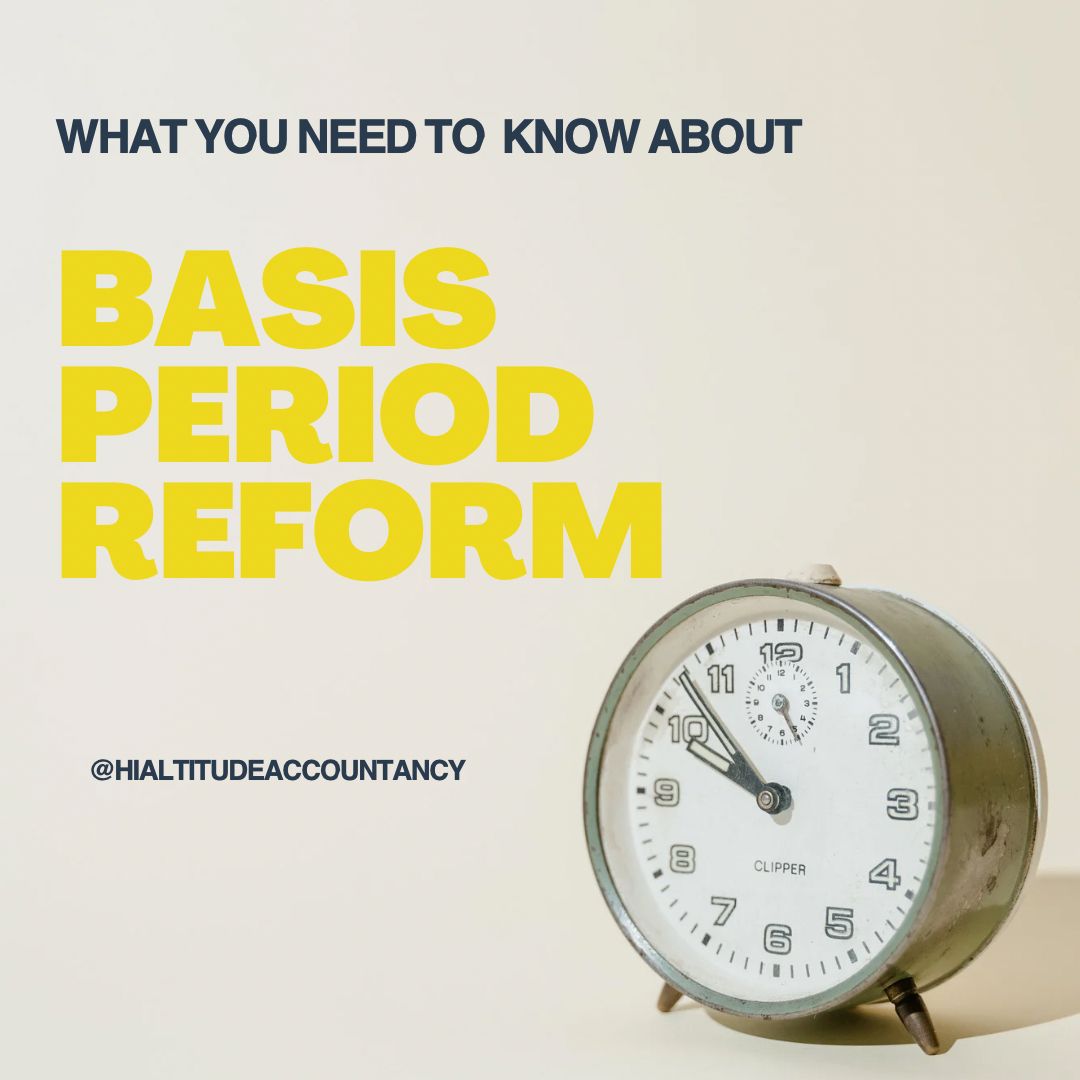Payslips. P45's. P60's and P11D's.
What they are, what they must show and when you need to provide them.

What are all the documents you need to provide to employees regarding tax throughout their employment?
Here is a handy guide, showing you what you need to provide. When you need to provide them and what they each contain.
PAYSLIPS
Employers must provide employees with payslips. This can be electronically or on paper.
Payslips must show:
- Earnings before and after deductions.
- The number of hours worked if your pay varies.
- Any deductions, such as PAYE and National insurance, student loan or attachment to earnings.
- Fixed deductions must be explained, such as repayment of loans.
They must be provided to employees on or before the pay day for which the payslip relates.
P45's
EMPLOYEES LEAVING YOUR BUSINESS
Employees must, by law, be given a P45 when they stop working for you.
This should be given by their termination date, or without unreasonable delay if this isn’t possible.
They show how much tax and salary they’ve been paid in the tax year and they have 4 parts.
Part 1 - Contains details that need to be sent to HMRC (software can do that for you).
Part 2 & 3 - To give to their new employer.
Part 4 - The employee should keep this for their own record.
NEW EMPLOYEES
Parts 2&3 of the employee’s P45 from their previous job are needed before the first pay day to know your new employees correct tax code and tax to pay.
The P45 also contains the employees address and National Insurance number. Check these match the records your employee has given you elsewhere.
If they haven’t got a P45, you’ll need them to fill in a ‘starter checklist’ https://www.gov.uk/guidance/starter-checklist-for-paye to work out the new employees tax code to use.
P60's
P60's need to be given to employees who remain employed by you at the end of each tax year, every year.
They show total earnings and tax deductions for the tax year.
They must be provided by 31st May after each tax year, by paper or electronically.
Employees need this to prove how much tax they’ve paid if they want to claim back overpaid tax, apply for tax credits or a loan/mortgage.
P11D's
BENEFITS IN KIND AND EXPENSES
P11D’s are forms that must be submitted to HMRC by employers annually for each member of staff that receive benefits and expenses that are taxable by HMRC.
The total of the benefits provided by the employer in the tax year will allow HMRC to check that the correct amount of tax has been paid.
Tax codes are sometimes altered the following year for employees, based on the P11D information to ensure tax deductions are closer to the expected liability.
A copy should always be given to the employee to review their deductions and/or claim tax relief.
The P11D deadline is 6th July each year. There are penalties for late filing.
TYPICAL BENEFITS REPORTED ON P11D’S:
- Company cars
- Fuel allowance
- Company vans (provided for personal use)
- Private medical insurance
- Employer loans over £10k (where low/no interest charged)
- Accomodation
- Memberships
- Assets made available to employees without transfer
- Other benefits not classed as “Trivial“
TOP TIP!
Keep records throughout the year of any benefits that are not classed as trivial so that the P11D process is made simple at the end of each year.
OpRAs-OPTIONAL REMUNERATION ARRANGEMENTS
OpRAs are where an employee agrees to a reduction in gross pay in return for the benefit.
There are rules to how the benefits must be valued.
Taxable benefits will be based on the higher of:
- The amount of pay given up by the employee
- The taxable benefit in kind
An employer cannot deduct more than 50% tax from employee salaries.
From 2026/27
HMRC have announced all that paying PAYE and NIC’s on benefits in kind will need to be done through payroll.
How this will be done yet with the 50% restriction and Class 1A liabilities is to be confirmed.










